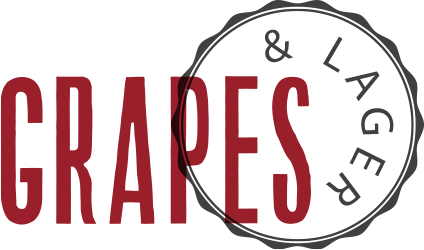Spumante - What a Surprise!
There are those of us that associate Spumante with a cheap, sweet bubbly that we used to drink during our Uni days when money was tight and tastes were questionable. But Spumante can be much more than that.
Italian winegrowers are showing they can take on champagne at its own game, producing upmarket bubblies from vineyards speckled across the foothills of Italian mountains. Northern Italy's mountain climate — crucial for producing a quality wine — approximates that of the Champagne region some 500 miles to the northwest


Italy is the world’s largest producer of sparkling wines, and it is true that there is a vast spectrum of different quality, styles and price points. Spumante (which is Italian for “Foaming”) has become the general term used for almost any type of sparkling wine made in Italy.
There are a large number of spumante varieties, largely classified based on sweetness and overall mouth feel. A spumante that is very dry, for instance, will typically be labeled secco, while one that is sweet will be called dolce. Varieties right in the middle are usually labeled semi-secco.
Most Spumantes also have more specific names that identify their geographic origins or the grapes that they were made from. Grapes grown in the Piedmont region are typically labeled “moscato,”, while those from Veneto carry the “prosecco” name. The Emilia region gives rise to the popular lambrusco, of which the Cantine Ceci sparkling range are excellent examples (see Spumante Sparkling Wines on Grapes and Lager).
There is a line of thought that spumantes may have actually been around longer than champagnes. According to some scholars, this style of wine became popular in Ancient Roman times when winemakers unintentionally let barrels get too cold during the mountainous winters. Very cold conditions will halt fermentation. When things warmed up again in the spring, the second fermentation process began, and barrels began exploding in storage thanks to the carbon dioxide bubbles being formed. There are a number of references to sparkling or “bubbly” alcoholic drinks in ancient texts.
But enough of the history lesson, lets get back to present day where Spumante is best served on its own either side of a meal, alongside cheeses or other light snacks. Its always good to drink sparkling in fluted glasses as the narrow opening concentrates both the bubbles and the taste.
Spumante is also great in a number of different cocktails. Bellini, which is believed to have originated in Venice is one of the most famous, and typically involves a mixture of prosecco and peach nectar.
So with Xmas coming, why not surprise a few friends with a bottle of Spumante. We guarantee that they will be even more surprised when (after they have expressed their delight at drinking such a nice bottle), you turn around and tell them they have just drunk a SPUMANTE!

Milo says...
Wow! exploding barrels! wouldn’t mind the Spumante cocktail!!
On December 18, 2013